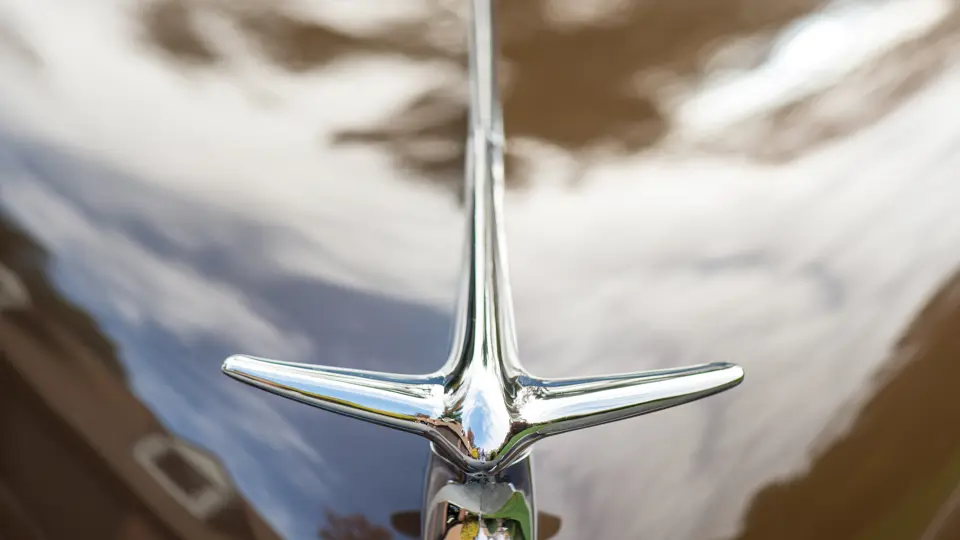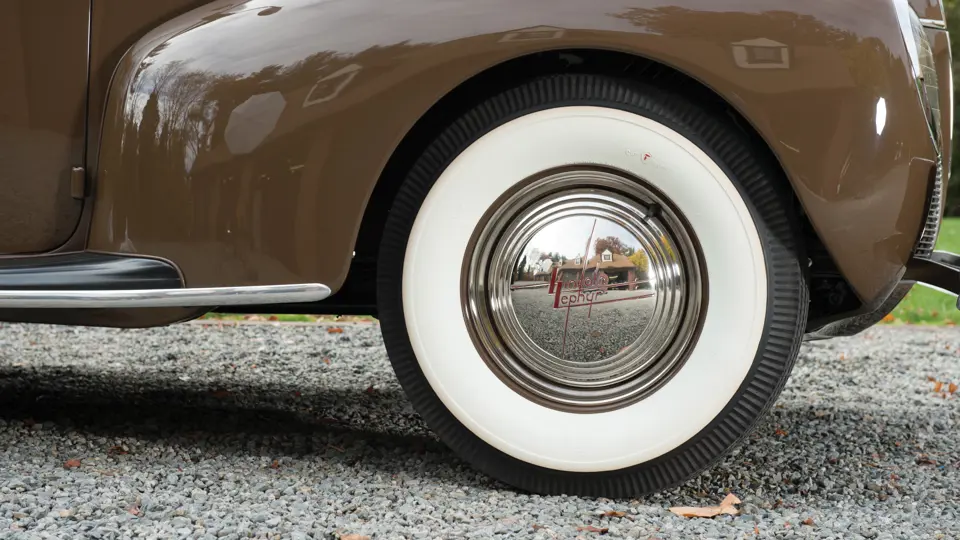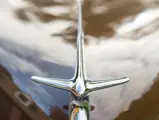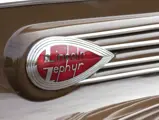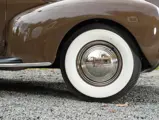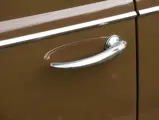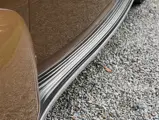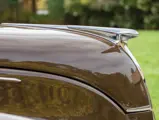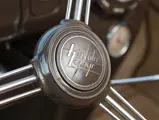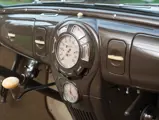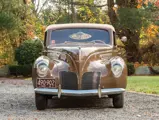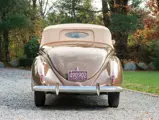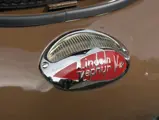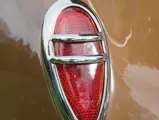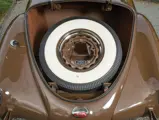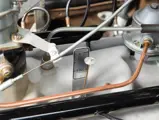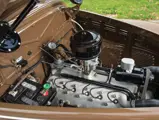110 hp, 267.3 cu. in. L-head 12-cylinder engine, three-speed sliding gear transmission, solid front axle with transverse leaf spring, three-quarter floating rear axle with transverse leaf spring, and four-wheel mechanical drum brakes. Wheelbase: 135 in.
• A comprehensive restoration
• One of only 200 early-production convertible coupes built in 1938
• Finished in the rare original color of Wren Tan, with matching saddle tan leather
Like other prestige manufacturers, Lincoln needed a more moderately-priced car to help it endure the tough times of the post-Depression era. The luxury car maker responded with a November 1935 introduction of the Zephyr for the 1936 model year. Its name echoed that of the new-fangled, streamlined, modern diesel trains in operation on the Burlington Railroad. The streamlined teardrop styling was credited to designer John Tjaarda, of the Briggs Body Company, with help from a young Ford designer named Eugene T. “Bob” Gregorie, along with input from Edsel Ford. The trio would be credited for fashioning the first successful streamlined car in America.
The Zephyr was powered by a new, small V-12 engine derived from the standard Ford flathead V-8. Despite the advanced styling and novel V-12 engine, its parent, the Ford Motor Company, was never happy with sales; although, of the 18,994 Lincolns sold in its first year (1936), 17,715 of them were Zephyrs, arguably keeping the Lincoln division of Ford Motor Company alive. In its third year, Lincoln produced 19,111 units. Production of the Zephyr continued through 1948 (excluding 1942–1945), though the Zephyr name was dropped in 1947. The year 1948 marked the final year of production.
According to the owner, this Zephyr has traveled just 49,000 miles from new. It is believed to have been a two-owner car, originally hailing from New England, when purchased by the current owner 12 years ago. The car had been well cared-for and carefully stored over the years, as it was a surprisingly rust-free example prior to restoration. A one and one-half year restoration commenced, with the owner refurbishing all the mechanicals in his own shop, and the entire job being completed to a meticulous standard four years ago.
Most interesting is that this car is one of just 200 early-production Model 760 convertible coupes with no back seat, making it essentially a business coupe with a folding top. It was priced at $1,650 new and was the lowest priced Lincoln convertible in the lineup, yet it shared the handsome streamline styling of its more expensive siblings. Subsequent to the new model introduction for autumn, a five-passenger Lincoln Zephyr Convertible Coupe, Model 760B, superseded the original three-passenger version. This car wears body number 47, and according to the owner, it is the lowest production number 1938 Zephyr Convertible Coupe known to exist. It was restored to original condition, including its Wren Tan exterior paint, tan Haartz convertible top, and matching saddle tan leather interior and beige carpets. It is fitted with period-correct whitewall tires, making for an understated combination with the as-built color combination.
Attesting to the quality of the workmanship, this car was the recipient of the Best Junior Zephyr at the 2012 Zephyr Owner’s Meet held at Hawley, Pennsylvania in the summer of 2012, and it scored a total of 98.5 points. It was most recently featured in the Zephyr Club publication The Way of the Zephyr in the July–August 2012 issue. With its Art Deco detailing, this is one of the best restored examples of one of the most iconic cars of the streamline era.
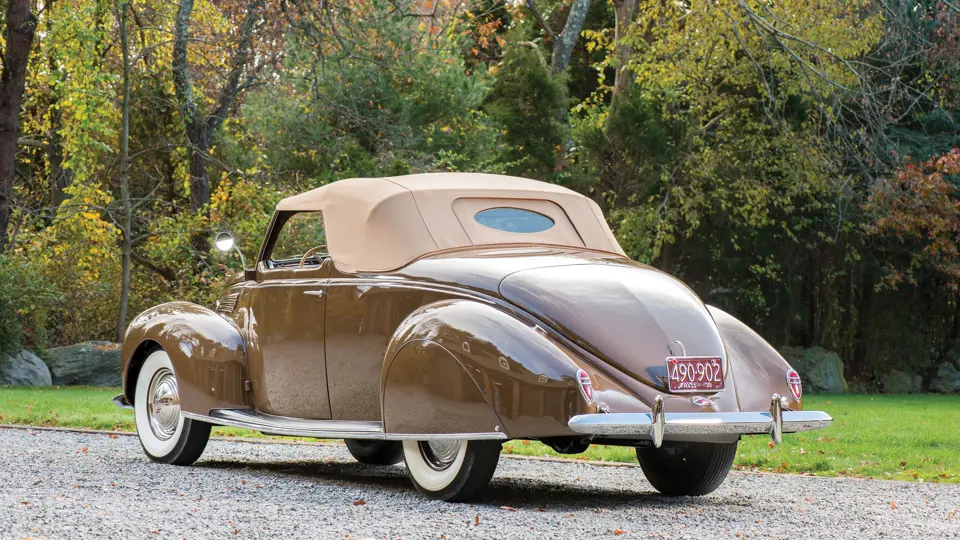

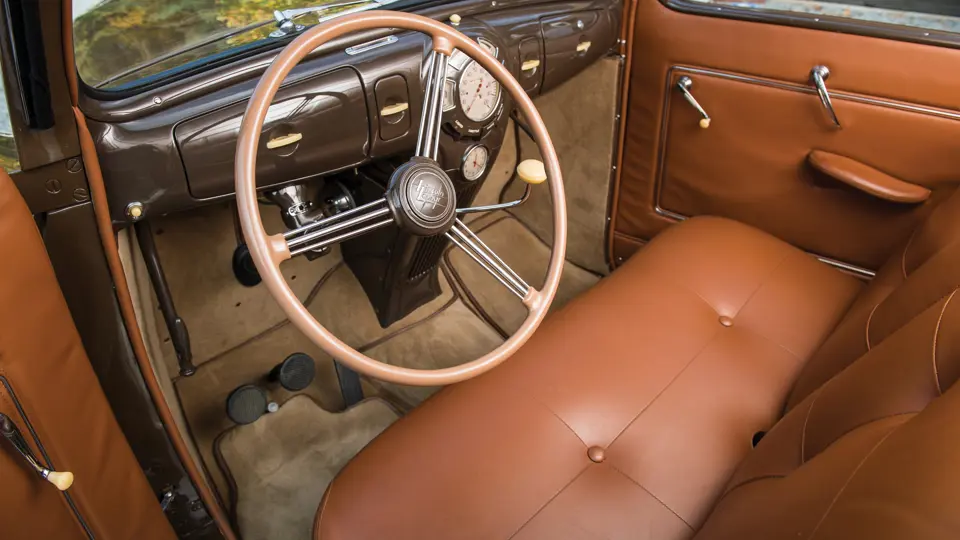


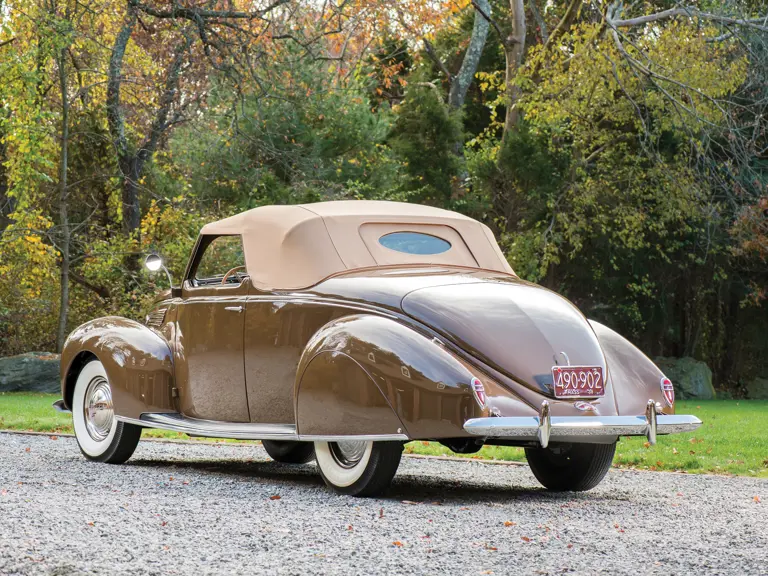
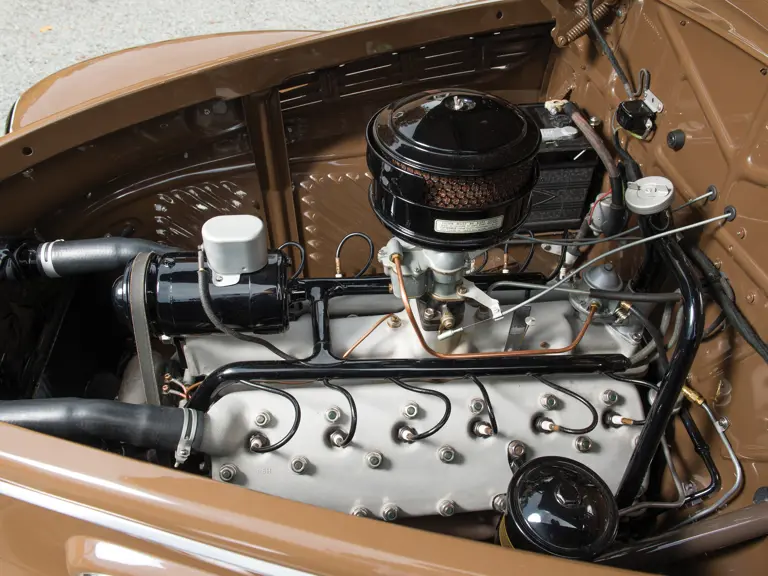

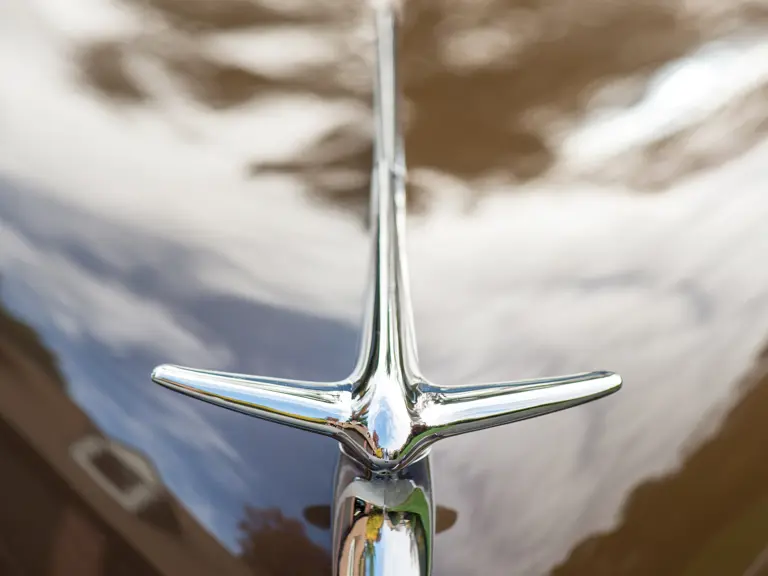
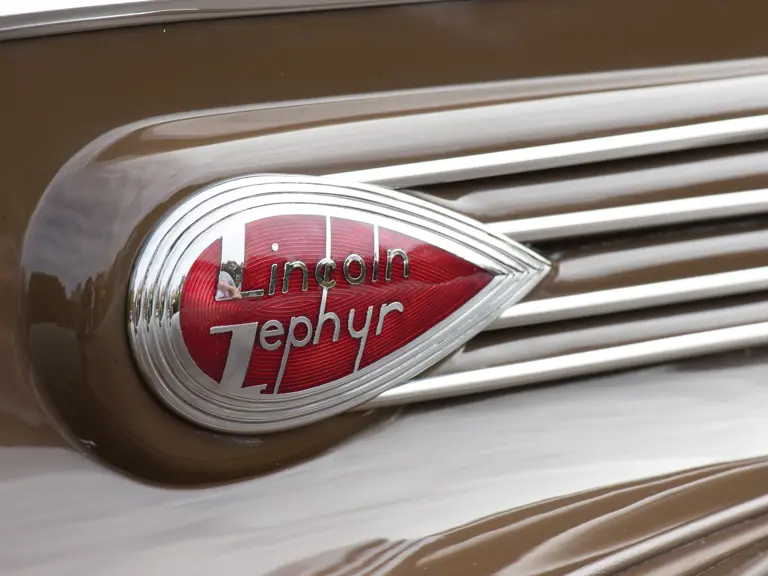
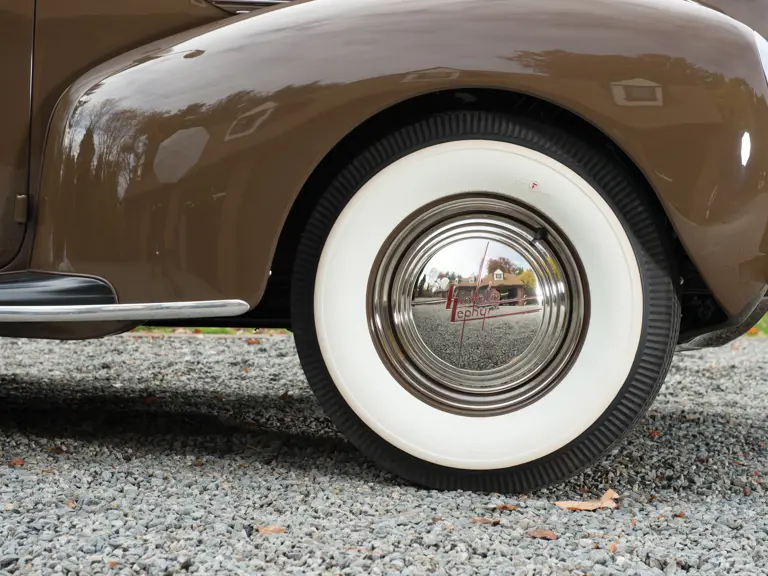

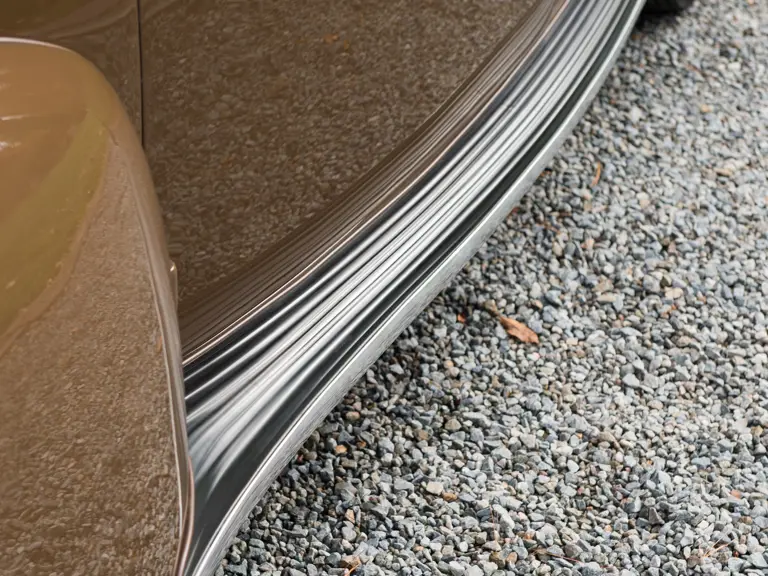

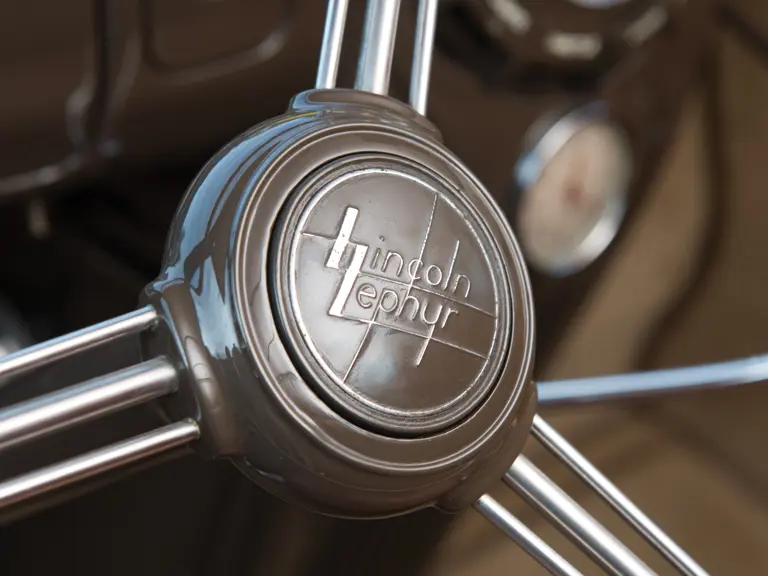
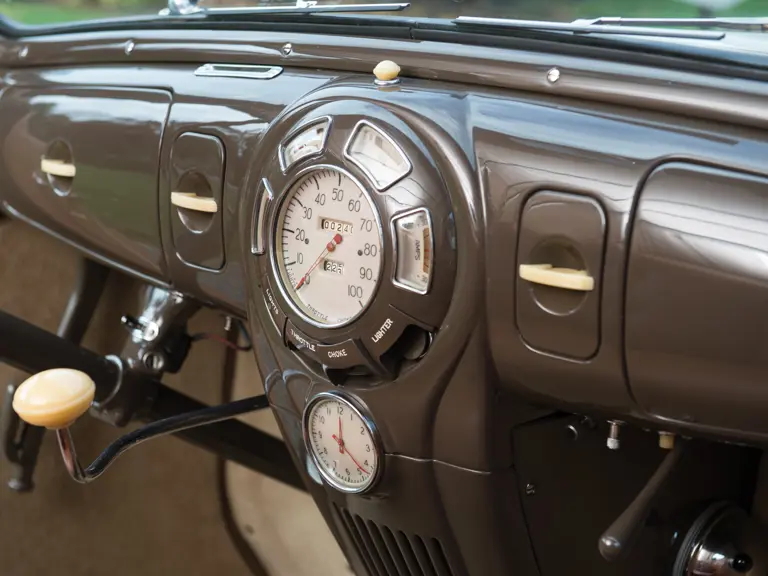

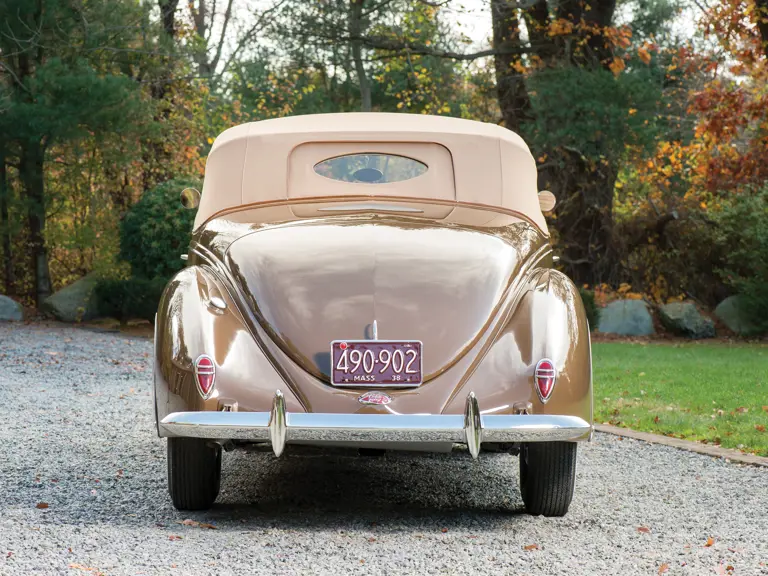
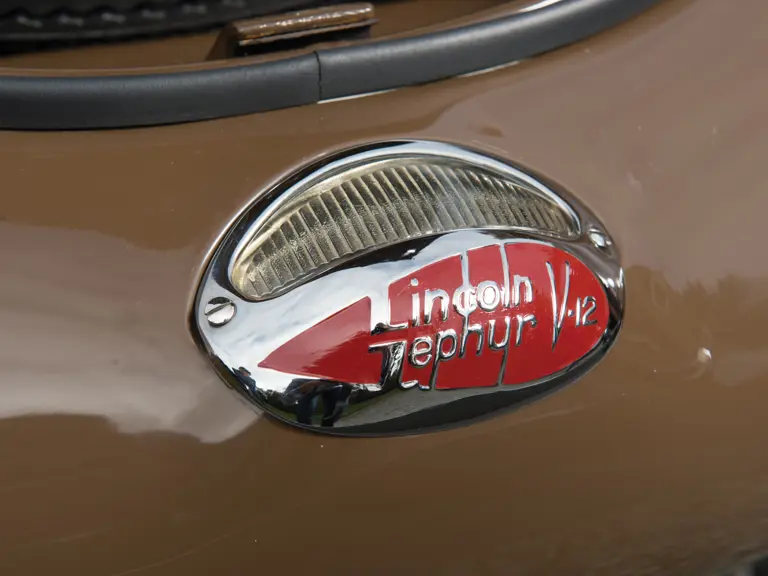
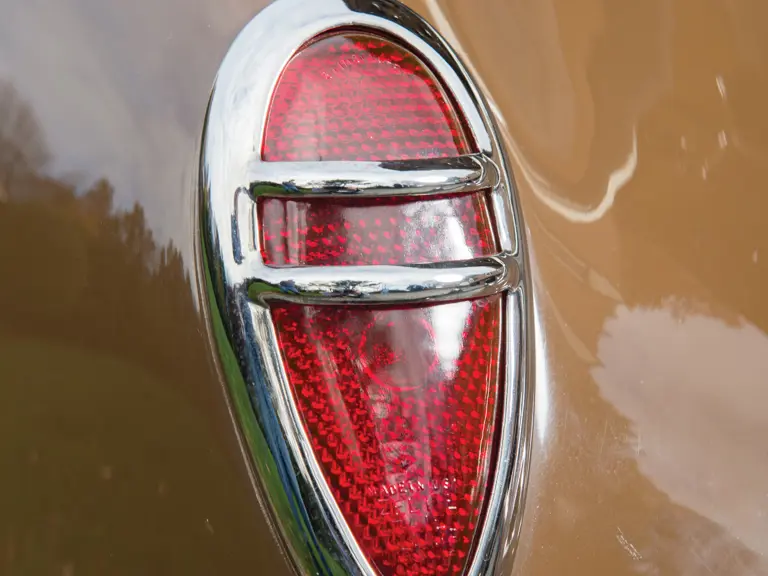
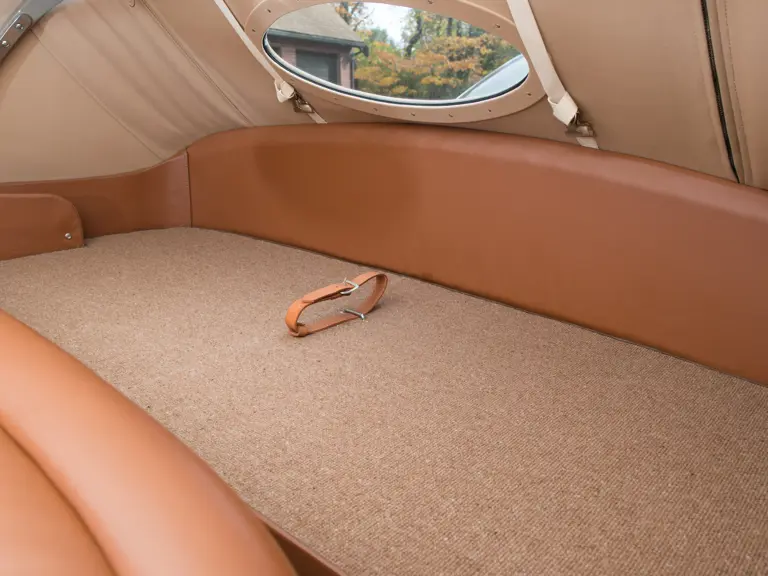
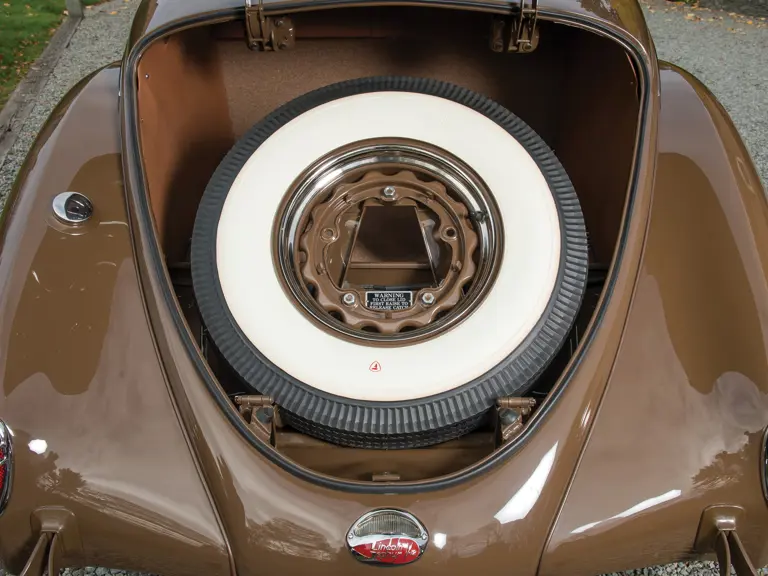

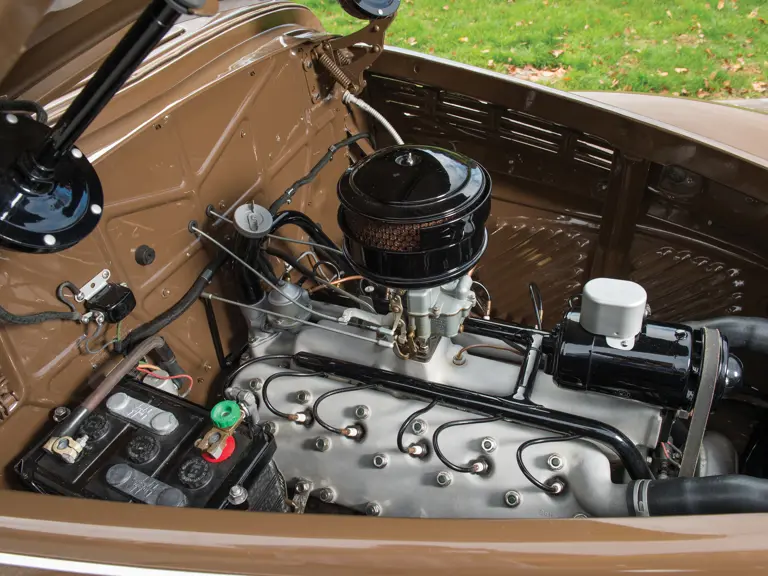

 | Phoenix, Arizona
| Phoenix, Arizona
